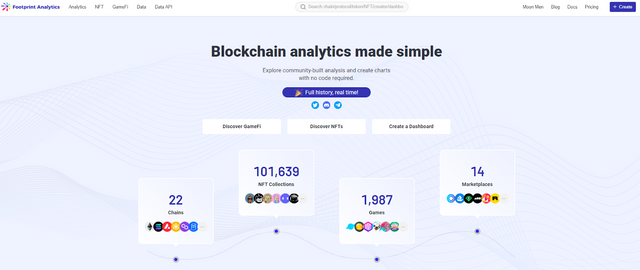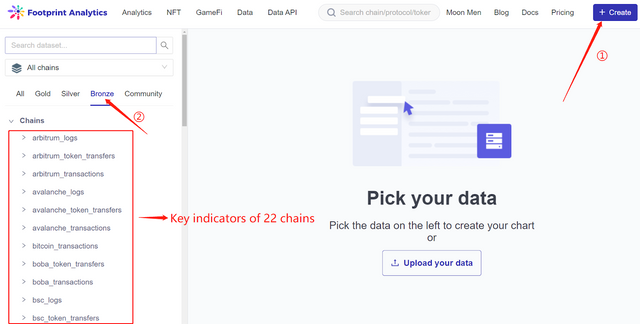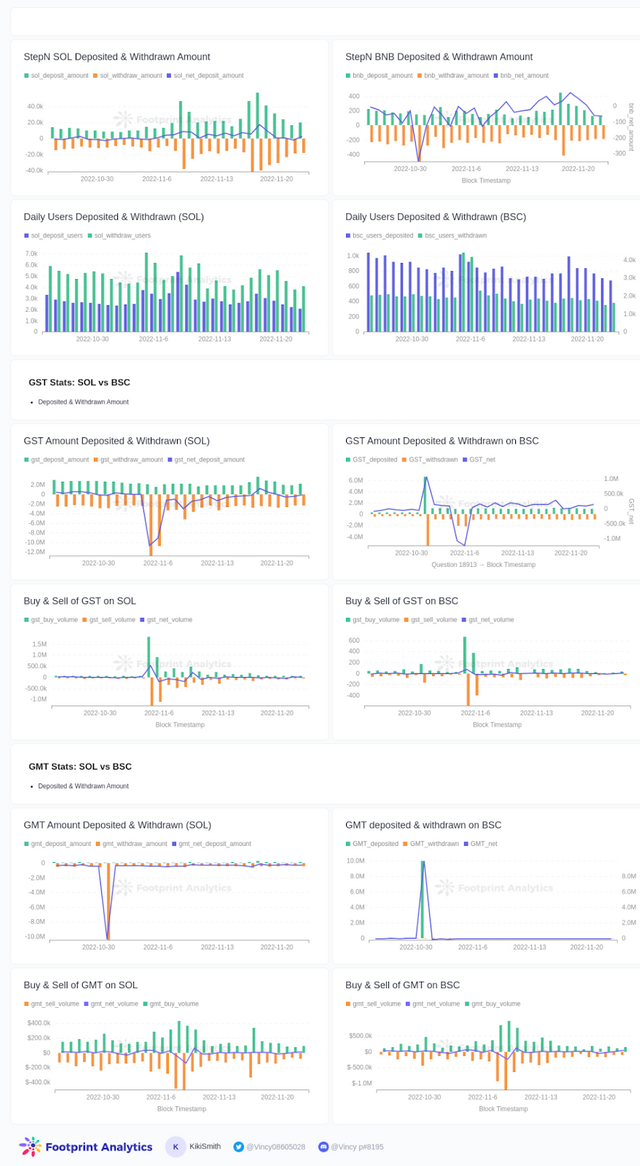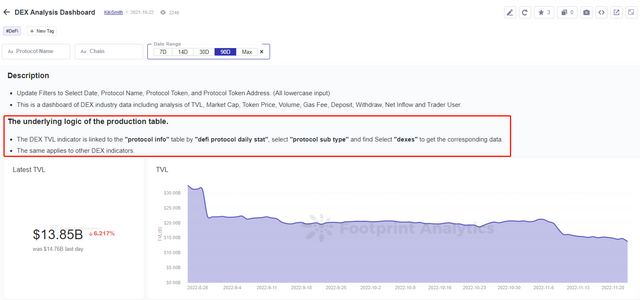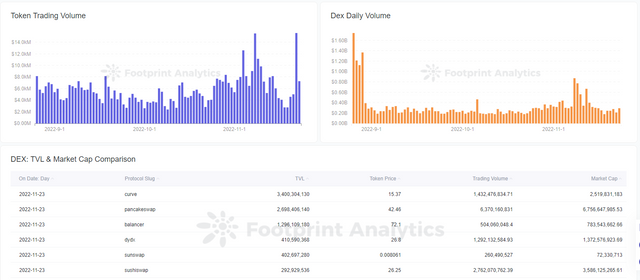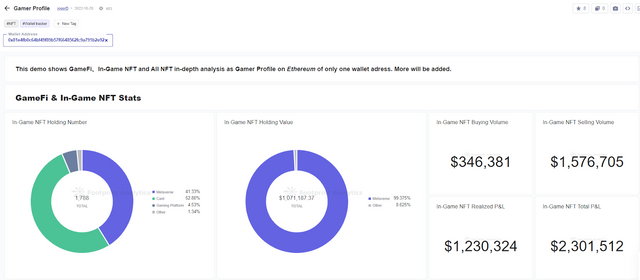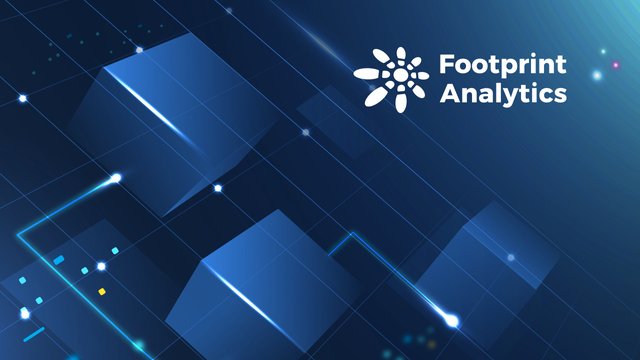
Control of one's digital assets is the main thing blockchain technology offers, but the flipside of control is responsibility.
Just as blockchain lets anyone have complete custody over their cryptocurrencies, there's little recourse if you get scammed, hacked, or defrauded. On-chain research is an ounce of prevention; the cure doesn’t exist.
For example, the FTX collapse has led to calls for more oversight. In the future, the pendulum will likely swing to more regulation and a less Wild West-like crypto industry—but DeFi will have to retain a significant element of personal responsibility to be different from traditional finance.
Luckily, the blockchain is transparent—anyone can look at on-chain research to see what's happening at projects they invest in, from price movements to wallet transactions to capital flows.
In place of extensive regulations, research lets investors protect themselves in the blockchain industry. For example, on-chain data showed FTX was in trouble right before it collapsed.
Footprint Analytics is the most comprehensive source of indexed, cross-domain blockchain data, covering 22+ chains, 5,000+ protocols, and 100,000+ NFT collections.
The platform makes it easy for anybody to build dashboards and charts with no code or developers to develop their own blockchain data apps using the Footprint data API. The data warehouse is the most comprehensive yet flexible source of data available. We'll highlight how researchers can use the platform to look into the different domains of the blockchain industry.
1. NFTs
Footprint Analytics has several tools for NFT research.
Users can look up community-created dashboards on the footprint.network website on various projects, like Bored Ape Yacht Club, or create them independently with no code required. Footprint indexes over 100,000 collections and 14+ NFT marketplaces. This capability allows unique insights to like changes in the activity between various marketplaces.
For quickly analyzing and comparing NFT projects, the Bingo NFT platform includes metrics like:
- Total market cap
- Trading volume
- Buyer-seller volume
- Market sentiment
- Blue chip index
- Potential NFT index
- Wash trade index
Here is an example of how these metrics can help NFT traders make more intelligent decisions.
All these metrics are available for developers to plug into their platforms and UI with the Footprint Data API.
2. Chains
Since the last bull market, the blockchain industry has become multi-chain. This is especially true for GameFi, where several top titles, like Axie Infinity, have dedicated chains specifically for that single project. Others, like STEPN and DeFi Kingdoms, have experimented with multi-chain expansions.
Footprint Analytics indexes 22 chains, and more indicators in the 22 chains can be made through chain data, as shown in the figure:
This includes less popular ones that no other analytics tool does. As follows:
- Wax
- Hive
- DFK
- Optimism
- ThunderCore
- Boba
The result is the ability to compare activity on two different chains side-by-side. For example, using this dashboard, users can track STEPN’s pool deposit and withdrawal activity on BNB vs. Solana.
3. CEX
Thanks to its wallet-tracking capability, Footprint Analytics lets users analyze capital flows going into and out of centralized exchanges.
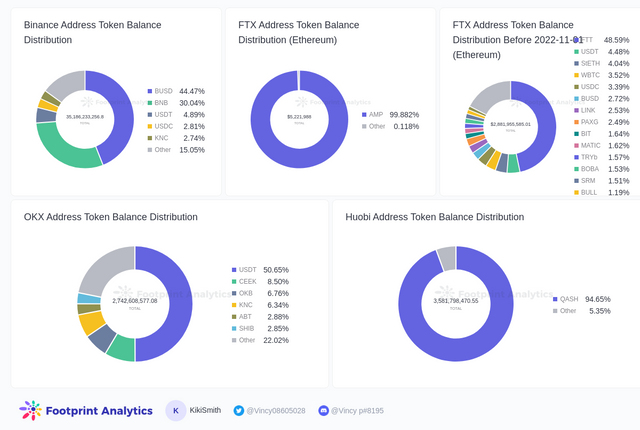 CEX Wallet Addresses Balance (Ethereum)
CEX Wallet Addresses Balance (Ethereum)
This is incredibly useful for watching for suspicious activity or sudden changes in the market.
Another kind of CEX analysis that Footprint Analytics enables is investment tracking. CEXs often has large tertiary investment arms, like Alameda Capital and Coinbase Ventures. By combining off-chain and on-chain data, users can obtain breakdowns of where and how these CEXs invest within crypto.
4. DEX
While the overall market cap of the entire crypto industry has fallen precipitously from a year ago, decentralized exchanges have remained relatively span.
With Footprint Analytics data, researchers can track flows of funds on DEXs, the number of transactions, fees, and more. With most crypto holders now heavily suspicious of CEXs, DEXs will have an increasingly important role in the near future.
5. Wallets
Wallet tracking analysis lets researchers see blockchain users' on-chain activities and positions.
With a single click, Footprint Analytics users can create a dashboard of a blockchain user with position openings, rebalances, and holdings. This capability can show researchers how whales invest in different projects and blockchains. Metrics include:
- Personal profile tags (whales, collectors, etc.)
- Buy and sell volume
- Return on investment
- Profit and loss situation
- Holding value
Researchers can also monitor the wallet's activity, seeing the earliest and latest time activity, days active, and transactions.
Summary
As the last year has shown—from Terra Luna to Celcius to FTX—DYOR, or doing one's own research, is the only true safety net for those who want to survive investing in blockchain.
With Footprint Analytics, researchers get one unified platform and API for all domains, whether they want to look into NFTs, GameFi, or CEXs.
